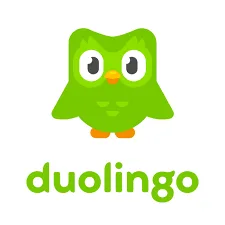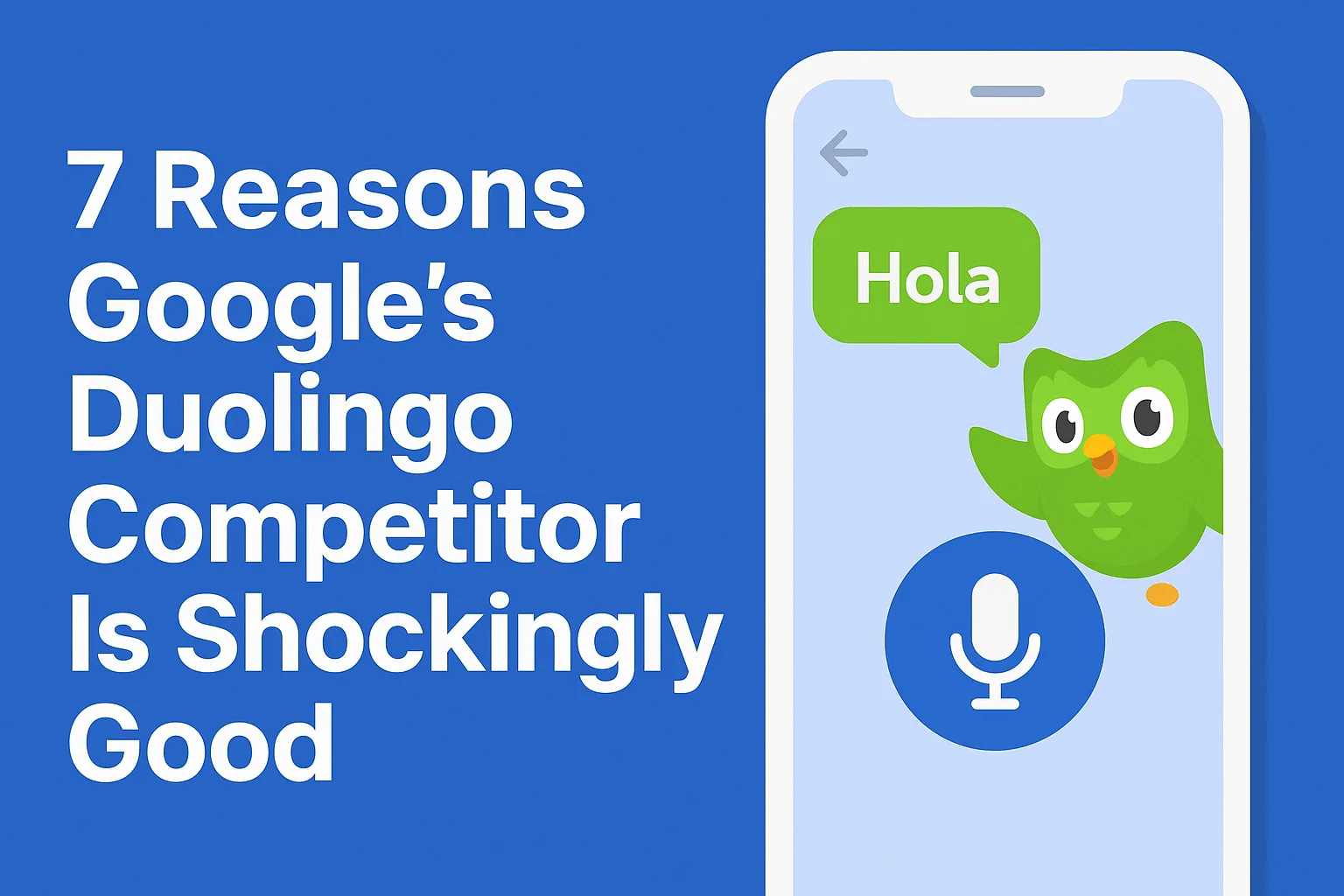Table of Contents
As an editor representing Squaredtech, I want to share a detailed, analytical look at why Google’s Duolingo competitor is shockingly good. Below I expand on each point with context, examples, and implications for language learners everywhere.
Why Google’s Duolingo Competitor Stands Out
1. From streaks to spontaneity: a fresh user experience

I’ve maintained a Duolingo streak of 631 days (not counting a previous streak of 223 days). That habit drove me to test Google’s new Practice mode inside Google Translate as soon as it became available. In contrast to Duolingo’s constant nudges, Google’s approach feels less pushy. The app doesn’t bombard me with notifications. Instead, it assumes I come to it out of interest, not obligation. That creates space for learning driven by genuine curiosity rather than guilt.
Google’s Duolingo competitor offers a simple dashboard with three metrics: Goals, Daily activities, and Words practiced. You can set your own goals, and the app adjusts lessons accordingly. Daily activities ask you to complete three mini-lessons to earn stars. The words practiced list captures all the new vocabulary you encountered. It’s stripped-down, focused, and gives control to the learner.
2. Real-life scenarios power learning
When you start the Practice mode, Google asks: Which language do you want to practice? At the time of writing, from English you can choose Spanish or French only. But once you select a language, Google offers scenario templates: ordering food, greeting someone, asking for help in a store. These are everyday situations you might face.
This scenario-based model mimics how language is used in daily life. It’s practical rather than abstract. Compared to Duolingo’s more game-oriented format, Google’s Duolingo competitor emphasizes real tasks. Squaredtech finds that approach refreshing. You learn language you can use immediately instead of abstract grammar or random vocabulary lists.
3. Listening and speaking modes adapt instantly
Google gives you a choice: focus on listening or speaking in every lesson. In listening mode, you hear an audio clip and then pick the words you heard from a list. You can request “Make it easier” or “Make it harder.” That adaptive feedback loop is baked into the design. The system adjusts difficulty on the fly.
In speaking mode, you engage in a mini open-ended conversation. You get three tasks per lesson. Hints are available to guide your responses. The AI listens to what you say and shapes replies accordingly. You can extend the lesson as much as you like, it doesn’t end until you complete all tasks. In effect, you simulate conversation in the target language, in a safer environment where mistakes are accepted. This is perhaps the feature with the greatest promise: scaling conversational practice in a truly flexible way.
4. Create your own practice scenario, AI does the rest
Below the recommended scenarios lies Google’s wildcard: a button labeled Create your own practice scenario. You type in a real-life situation: “Asking for help finding a metro station,” or “Buying a train ticket in Paris.” The app instantly generates a full lesson for that scenario, either listening or speaking focus. Google’s Duolingo competitor leverages AI to produce content on demand.
This is powerful. You can match practice exactly to your travel plans, upcoming conversations, or work situations. It tailors to you, not to a fixed curriculum. You can prepare for what you truly expect to encounter. As Squaredtech, we see this as a strong differentiator in how flexible and user-centered this tool is.
5. Still in beta but already impressive
Practice mode is in beta. If you start from English, you’re limited to Spanish and French for now. That’s a clear limitation. But Google has shown interest in expanding languages quickly. The translation side of Google Translate already supports dozens of languages. It seems inevitable that more will enter Practice mode.
One encouraging sign: Google’s Gemini Live already handles lesser-spoken languages well. For example, it can converse credibly in Hungarian. That suggests the core technology is capable, even if Google is launching gradually. Squaredtech expects more languages to arrive as the team refines the app in beta.
I would also love to see Gemini Live integrated directly into Practice mode. Gemini already acts as a conversational tutor; embedding it natively would raise the entire experience. At Squaredtech, we believe combining Gemini’s conversational power with Translate’s practice engine could yield a best-in-class language tutor.
6. Missing features and room for growth
Even this powerful tool has areas for growth. First, more languages must be supported. As mentioned, only Spanish and French are available for English users now. Second, I’d like to see tools for vocabulary retention. For example, a button that turns your practiced words list into flashcards would help reinforce learning. Google’s Duolingo competitor should bridge that gap.
Another feature I hope for is pronunciation analysis. Right now, speaking practice only checks whether your speech roughly matches expected input. It doesn’t evaluate how precisely you articulate accents, intonation, or subtle phonemes. But technology is ready for that. An AI that evaluates how well you pronounce words could be transformative for serious learners. At Squaredtech, we see this as a likely next step.
I’d also borrow a feature from Duolingo: a streak widget or daily reminder that’s visible on your home screen. That kind of interface keeps language learning top of mind. Because Google’s Duolingo competitor is less pushy, such a widget could nudge learners gently without being overbearing.
7. Competition or complement to Duolingo?
Duolingo is no lightweight. It has a mature structure, clear progression paths, and scores tied to recognized language frameworks like CEFR. It has gamified systems, social leaderboards, and even video-call speaking modes (behind a premium paywall). These features make Duolingo feel complete and robust.
However, Google’s Duolingo competitor is not trying to replicate Duolingo entirely. Instead, it offers a more flexible, conversational alternative. It lacks strong hierarchical structure, but if you know what you want to study, that may not matter. For motivated learners, Google’s tool can serve as a free conversational complement.
I plan to keep using both. Duolingo remains valuable for structured progression, social features, and gamified motivation. But if I want to practice real conversation, spontaneous scenarios, or prepare for specific real-life interactions, Google’s Duolingo competitor already shines. It’s not a full replacement yet, but it is a serious contender.
Check Out Our Article of The Latest Controversial Shift on Duolingo Pushed Me to Finally Quit published on October 5, 2025 SquaredTech
Final Thoughts from Squaredtech
Google entering the language learning space with a feature this strong is a notable shift. Google’s Duolingo competitor is shockingly good not because it’s perfect yet, but because it brings flexibility, AI generation, and conversation focus into a user-friendly package. For learners who want to practice speaking and listening in context, this tool displays real promise.
We see this product as a signal: language learning is evolving toward on-demand, scenario-based AI tutors. Duolingo has dominated for years, but Google’s new entry may accelerate innovation and push both platforms to add better conversation tools, smarter feedback, and more user control.
If you’re learning a language now, don’t abandon Duolingo. But give Google Translate’s Practice mode a try. The experiment is still in beta, but it’s already a strong tool. And for learners who crave real speech practice aligned to real life, Google’s Duolingo competitor may become indispensable.
Stay Updated: Tech News


